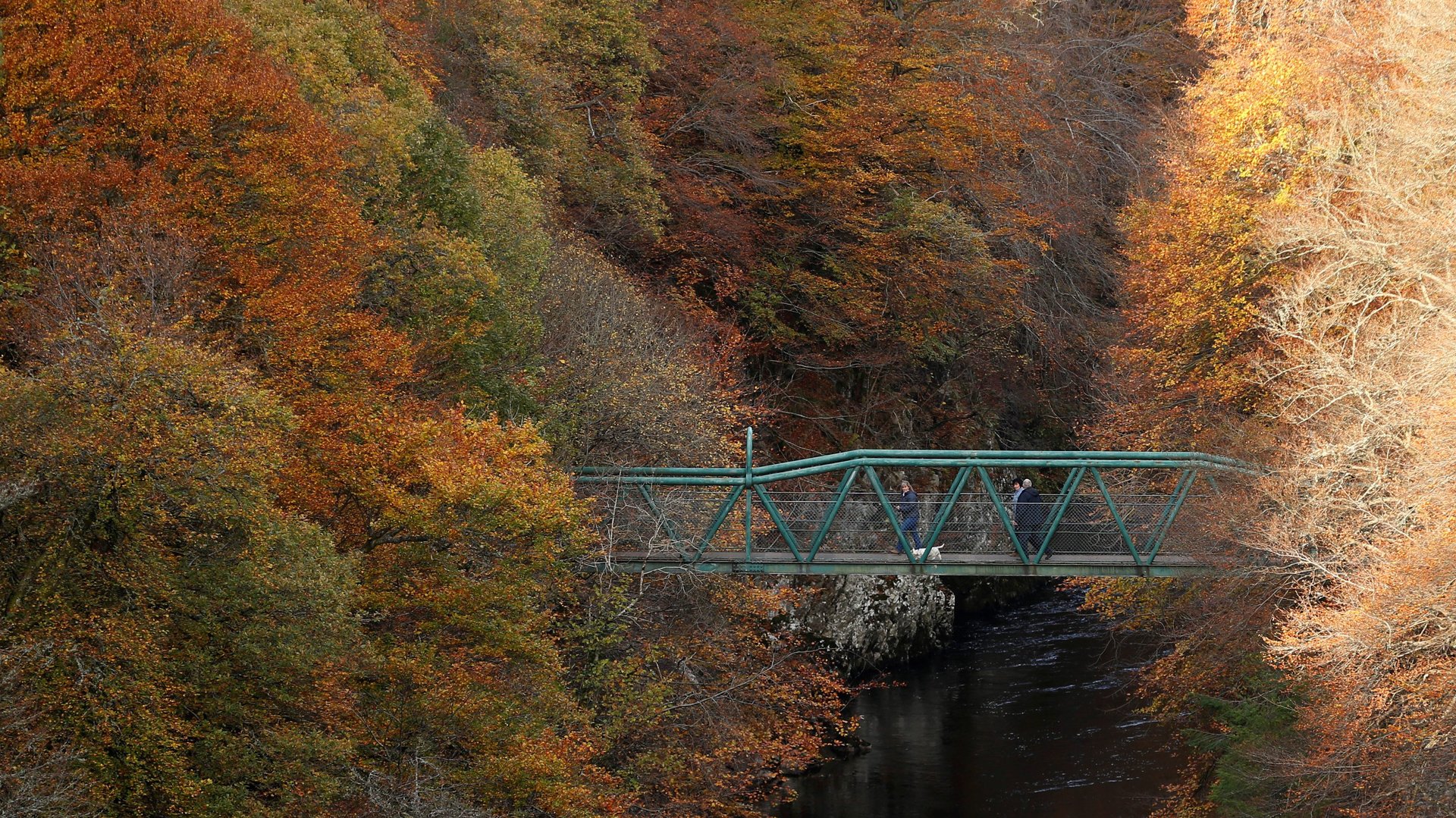People of color: Nature belongs to us, too
I am an African American Natural Leader. That phrase is not an oxymoron, but it’s also not something that you normally see in the environmental world.


I am an African American Natural Leader. That phrase is not an oxymoron, but it’s also not something that you normally see in the environmental world.
In the few years that I have been involved in environmental education and connecting people with outdoor spaces, there have been numerous occasions where I am the only person of color in the program, or the only African American leader. Growing up, there was no one from my neighborhood traveling, hiking, canoeing, or spending time outdoors unless it was a part of a regimented program.
But do not misunderstand the meaning behind that statement, do not miss my point.
I write, neither to complain that the outdoor world is an elitist one, nor to lament the disconnect between the world I grew up in and the natural world where I now lay roots. I write to celebrate the amazing opportunity available for me (and others like myself) to be a bridge between the two worlds.
On my feet as I write are Jordan Bred 11’s, the only pair of Michael Jordan’s sneakers I have ever owned in my life. His sneakers are a status symbol in the neighborhood I grew up in, a memento of importance and significance. Unfortunately, for some people, they hold higher value than food, books, rent, and in some extreme cases, even the life and well-being of another individual.
So it makes sense that while facilitating an outdoor youth summit this June at Harpers Ferry National Park (Virginia), an African-American teenage boy stopped me to ask why I was wearing these Bred 11s outdoors. I laughed, because that same question and all the underlying ones that accompanied it had been asked of me multiple times that week, and my introspective journey in figuring out that answer led me to write this post.
In response, I asked him if he had ever seen someone from the ‘outdoor world’ wearing Jordans. His answer was no.
I asked him if he had seen anyone who would wear Jordans exploring the outdoors like we were, and again he said no.
The disconnect between the two circles was evident, and as we looked around, we could see that even there, we were in the minority.
And with that same mindset, I used to believe that I stood on a decrepit bridge between two worlds.
I have heard the rallying cry echo through the trees, affirming that the outdoors are for people of all creeds, countries and colors. I have been a part of programs that aim to introduce these natural spaces to kids from the inner city who don’t have the awareness, opportunity or means to go camping or hiking every weekend.
I have heard the questions posed every time I prepare to travel to a ‘wild place’ away from home, and seen the confusion that arises when my family attempts to describe what I do.
But two summers ago, in the infancy of my outdoor ‘career’, while serving as a trip leader for the North Cascades Institute, the seed of connection between two seemingly mutually exclusive circles was planted. I was the only male African American leader, and quickly learned the importance of setting an example. During that time, I had many conversations with the teenagers on my trips about where I came from, what I was doing living out in nature, and why I chose to do it.
That summer, as I learned the nuances of nature and the outdoors right alongside my kids, nature taught us both struggles and pain, knots and the power of perseverance. And although I took notice of the difference between where I was at that moment and where I grew up, without any intentional nurturing from me, the seed of connection between the two worlds took root and grew.
Eventually it came to my conscious attention through one of the teenagers on my trip, who on our last day, as we were preparing to separate, said “he enjoyed being outdoors in the nature because CJ did.” And I realized the tremendous impact that I could have.
I no longer saw the singularity of my skin tone among my peers as a problem, but instead as a megaphone to give weight to the message that as people of color, people from different ethnic backgrounds, the outdoor world is ours to explore as well. And for those who had grown up connected to and educated in the outdoors, they have the chance to connect to new cultures, to see flora and fauna through the eyes of city kids.
Along this journey, I have met several other natural leaders of different ethnicities doing similar and amazing work, both in the inner city and out in parks and natural spaces around the country. I had the opportunity to attend the 2013 Natural Leaders Legacy camp, where I connected with fifty other leaders with similar mindsets, strengthening my resolve knowing I am not the only one out there.
My Jordans are falling apart, worn from adventures in places like the Grand Tetons and the Grand Canyon. This goes directly against how people ‘should’ wear them and what people ‘should’ wear outdoors. But I wear them wherever I go to remind me of the fact that though there are two worlds, I am a bridge. In our current society, where youth as a whole do not spend significant time outdoors, I am encouraged by that realization as I have continued to work in outdoor and conservation-related fields, and I am constantly reassured of its validity when I see yet another kid from the inner city follow the footprints of my Bred 11s into the woods.
Excerpted from Coming of Age at the End of Nature: A Generation Faces Living on a Changed Planet (Trinity University Press). Copyright 2016.